Okay, let’s get straight to the good stuff: Have you ever wondered how your phone can have that Always-On Display (AOD) feature running all day without your battery screaming for mercy? The answer isn’t magic, but something pretty close to it — LTPO technology. It’s that cool tech hidden inside your phone’s display that makes sure you don’t have to spend every other day plugged into the charger.
So, grab a cup of coffee (or whatever keeps you energized), and let’s dive into what LTPO is, how it works, and why it’s kind of a big deal now and in upcoming years.
So, What Exactly is LTPO Technology? 🤔
Alright, before we lose you with all the techy mumbo-jumbo, let’s break it down in a way even your grandma can understand (no offense, grandma).
LTPO stands for Low-Temperature Polycrystalline Oxide. Sounds like a name for a villain in a sci-fi movie, right? But it’s actually a game-changing display technology. In short, it’s a type of OLED display that can dynamically adjust its refresh rate. We’re talking everything from 1Hz (when you’re just looking at the time or date on your screen) to a super smooth 120Hz (when you’re scrolling through Instagram and just living your best life).
Fun Fact: LTPO displays are like the David Blaine of the smartphone world — they perform amazing tricks like saving battery while keeping things looking super sharp.
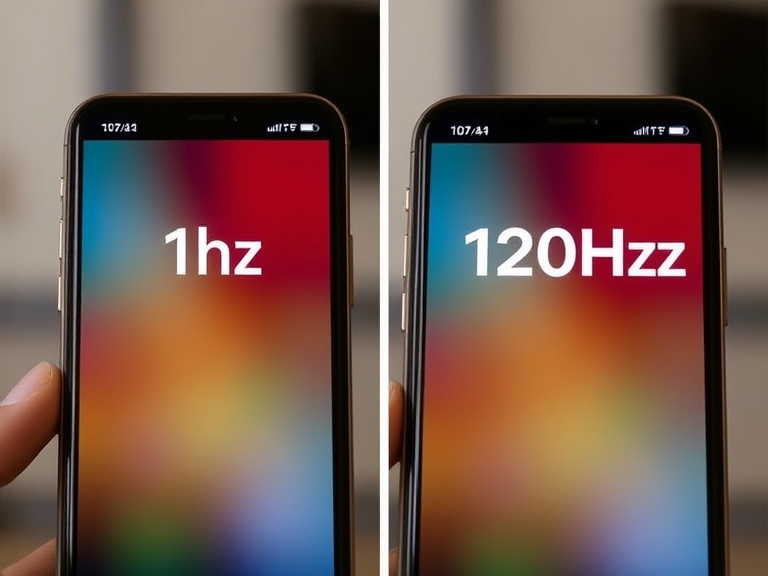
LTPO: The Secret Sauce for Smooth, Efficient Displays
Ever noticed how your phone’s screen looks buttery smooth when you’re scrolling? It’s like watching a slow-motion clip, except you’re getting a fast-paced dopamine hit every time you swipe. Well, LTPO is the magic behind this.
It’s like your phone has an inner workout coach, pushing it to refresh at lightning speed when needed (like during gameplay or video watching) and slowing down to a crawl when you’re just checking the time — saving precious battery life.
LTPO is like that friend who can be super chill or hyped up depending on the situation — adaptable is the word we’re going for here.
You’ve probably heard of OLED (Organic Light Emitting Diode) before. It’s that gorgeous screen technology that makes your smartphone or TV look ultra-vibrant. But here’s where LTPO kicks it up a notch. While OLED is known for its deep blacks and rich colors, LTPO makes OLED displays smarter. Instead of running at a static refresh rate (looking at you, 60Hz), LTPO lets the screen adjust dynamically — anywhere from 1Hz for AOD to 120Hz for buttery smooth scrolling. This means you get the stunning OLED visuals and the power savings of adaptive refresh rates. Best of both worlds.
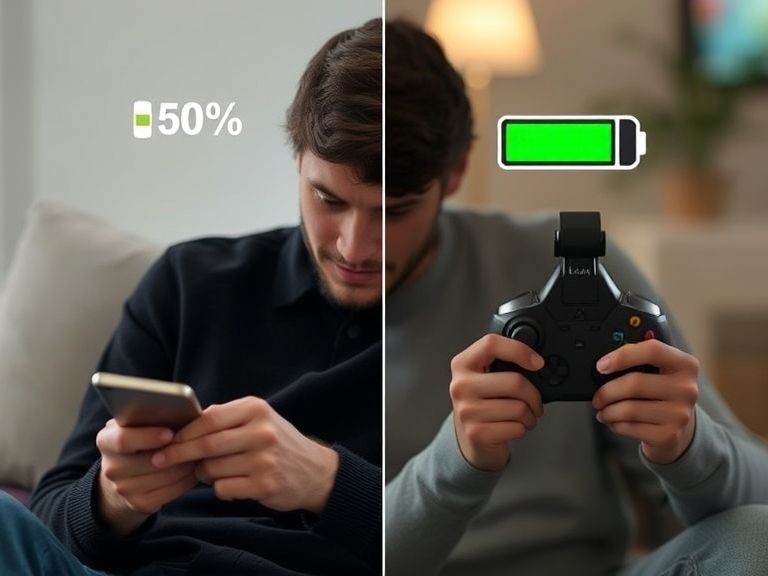
Always-On Display (AOD): The Feature You Didn’t Know You Needed
You know that moment when you glance at your phone and it’s still showing you the time, weather, or maybe that random notification you’re pretending you didn’t see? That’s Always-On Display doing its thing — keeping you in the loop without a full-on screen burnout.
But let’s be real: AOD is a bit of a battery hog on traditional displays. It’s like you’re leaving the lights on in your car while you’re not driving. Enter LTPO to the rescue. With LTPO’s power efficiency, your AOD can now run without draining your phone’s battery life like there’s no tomorrow. Now, you can check your phone anytime without feeling like you need to carry a charger with you everywhere.
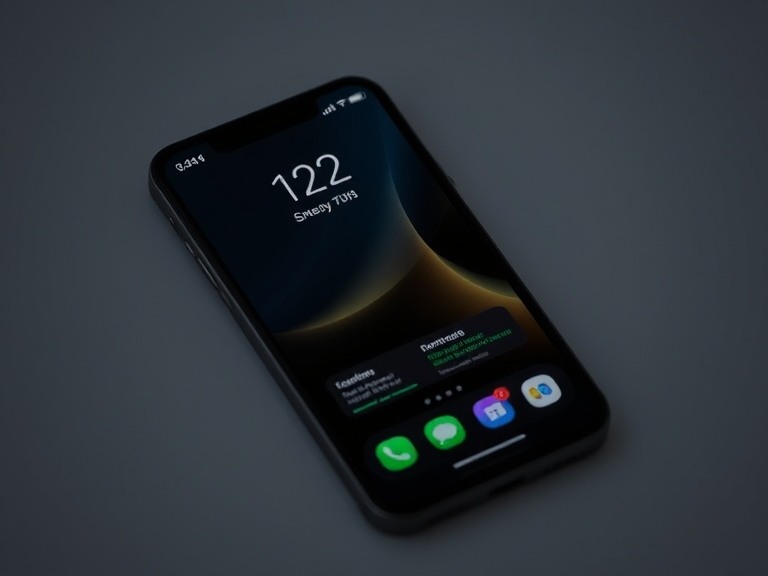
LTPO + AOD = Power Efficiency Like Never Before
Picture this: It’s 2 PM, you’re out and about, and you haven’t seen a charger in hours. You check your phone for the time — AOD is still running. The best part? Thanks to LTPO, it’s barely using any battery.
Without LTPO, keeping your screen on all day would suck the life out of your phone faster than you can say ‘low battery’. But with LTPO’s 1Hz refresh rate during idle times, you’re saving battery without even noticing it. The screen’s still there, just waiting for you to interact with it. It’s basically like your phone’s on vacation mode when you’re not using it.
Now, if you’re thinking “But OLED is already so energy-efficient!”, you’re right! OLED panels don’t need a backlight, which is already a win for battery life. But LTPO takes it a step further by allowing the screen’s refresh rate to drop to 1Hz for things like Always-On Display (AOD). This means that when you glance at your phone, your OLED screen can stay on without draining the battery like traditional screens would. So while OLED saves power in one way, LTPO helps in another — by making the refresh rate more efficient, depending on what you’re doing.
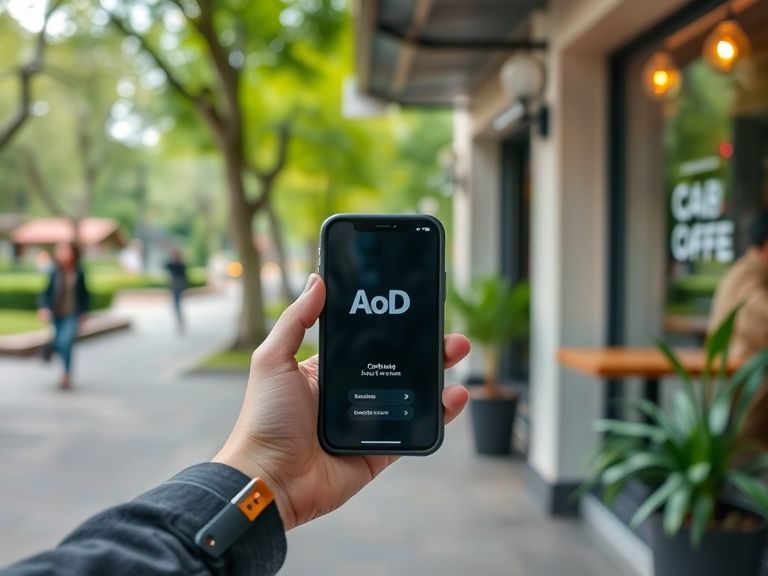
What’s Next for LTPO and AOD? (Spoiler: It’s Only Getting Better)
Hold up, the LTPO train is just getting started. In 2024 onwards, LTPO technology is leveling up with LTPO 2.0, promising even more battery savings and better screen quality. Think better contrast and brighter screens, all while using less juice. So yeah, your phone will probably last twice as long on a single charge, and you’ll still have a super high-quality display.
LTPO 2.0 might even make AOD features work even better for things like live sports scores or stock market updates. Basically, your phone’s going to be smarter and more energy-efficient without you having to lift a finger.
With LTPO 2.0, expect even better optimization between OLED displays and adaptive refresh rates. We’re talking about OLED screens that adjust not only their refresh rate but their brightness and color accuracy too — all without draining that precious battery. So, the future of displays is looking pretty bright (pun intended).
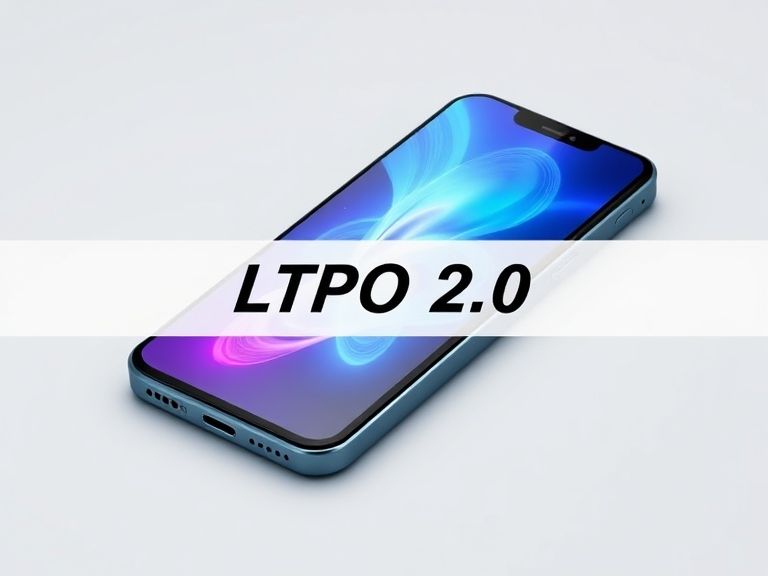
LTPO: The Battery Hero We All Needed
Let’s be real for a second: If you’re like most people, battery anxiety is real. The more time we spend staring at our phones, the quicker that battery meter drops. With LTPO, though, you can actually breathe easy. It’s like having a battery-saving superhero inside your phone, quietly making sure you don’t have to carry around a charger everywhere you go.
Trending Query: “Does LTPO really help with battery life?”
Yes, yes, and yes. The magic is real, folks.

Conclusion: The Future Looks Bright with LTPO
In summary, LTPO is a total game-changer. It keeps your phone’s battery life strong, while still delivering a top-tier display. Plus, when you combine it with Always-On Display, it’s like having your cake and eating it too — all the convenience, none of the guilt.
As we head into 2025, it’s safe to say that LTPO is here to stay, and it’s going to make smartphones and wearables even more power-efficient. So if you’re in the market for a new device, look for LTPO technology — your phone (and battery) will thank you.
Trending Tips for 2024 & 2025
- For Users: If you want to stop obsessing over battery percentage, go for a device with LTPO. Trust us, your future self will thank you.
- For Tech Makers: Keep pushing the boundaries of LTPO. We’re here for the next-gen battery efficiency.




